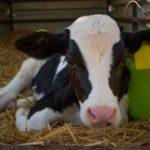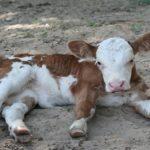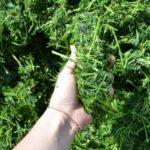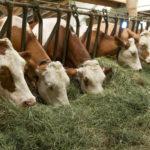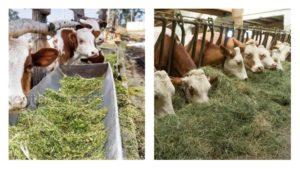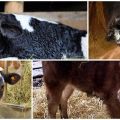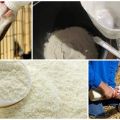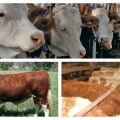Duration of the milk period when raising calves and diet
In the initial six months of existence, calves are very sensitive to housing conditions, quality of feeding. But with proper care, they grow quickly, do not get sick, which further leads to high productivity in adulthood. In addition, the effectiveness of raising calves during the dairy period depends on the correct calculation of the required amount of different products.
Milk feeding
For the first 10 days, newborns should eat only maternal colostrum. It is quickly absorbed by a young body, providing it with essential nutrients. The owner, in the event of forced weaning from the cow, will have to feed the newborn on his own. Then you will definitely need fresh colostrum, a special drinking bowl.
After birth, the calf must drink a little colostrum. Otherwise, he will lick nearby surfaces, which will lead to the penetration of pathogens into his still fragile body.
In case of insufficient amount of breast milk within the first ten days, it is possible to replace it with a product of our own production from:
- eggs - 4 pieces;
- fish oil - 15 g;
- milk - 1 l;
- salt - 10 g
All ingredients are mixed well, then give the calf 300 ml half an hour before milk feeding.
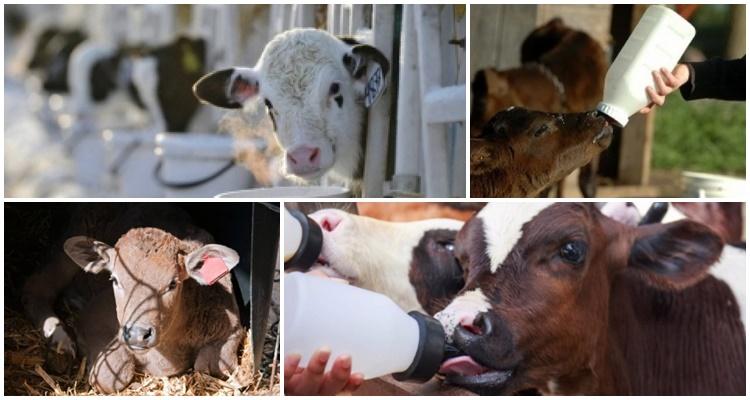
Dispensing dairy food (in the first month) is usually carried out according to the following scheme:
- Immediately after birth, the baby is offered colostrum (about 800 g). The number of feedings per day is up to six.
- The second week is just milk (drinking five times a day).
- 15-20 days - vitamins are added to the milk diet, the gradual introduction of roughage into the menu begins.
Depending on the weight, the calves are fed 6-10 kg of colostrum per day. The daily milk requirement in the first two weeks should be approximately 1/5 of the total weight of the animal. The average duration of milk feeding of calves is about 3 months.
Transitional diet
From 10 days of age (between main meals), it is recommended that the baby be offered pre-boiled warm water. She is poured into drinkers.
Plain potatoes (boiled) can be used as an initial non-dairy calf meal. It is allowed to enter it into the menu already at the end of the 2nd week. If it is not possible to constantly prepare such food on your own, it is possible to purchase appropriate starter foods. The latter simplify the process of transferring the calf from dairy nutrition to hay and grass. Usually they replace one of the milk receptions.
Finished compound feeds include (in crushed form):
- barley - 42%;
- wheat - 12%;
- corn - 15%;
- powdered milk - 5%;
- soybean meal - 17%;
- feed yeast - 5%;
- fat, table salt, premixes - 1.5%.
The use of ready-made balanced feed quickly improves normal digestion in calves, reduces the number of problems during the transition to an adult diet. It is recommended to include a little hay (no more than 50 g) in the transitional food, and increase its amount several times in a couple of weeks. At the 2nd month, the animals are already allowed to feed silage.
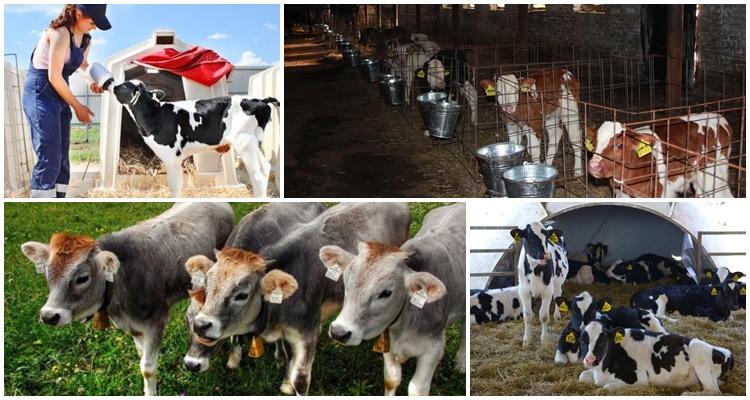
Use of roughage
After 20 days of life, the amount of milk in the diet gradually decreases. First, the substitution is done with ready-made feed (about 150 g per day). Then the daily menu includes high-quality concentrates with the addition of:
- vegetable flour;
- fresh grass;
- chopped hay.
A month later, the calves are fed with:
- roots;
- silage;
- freshly cut grass;
- haylage.
The following table will help you control the amount of roughage in the first six months.
| 1-2 month | 3-4 month | 5-6 month | |
| Milk, l | 5-7 | 1-2 | — |
| Silo, kg | 0-0,1 | 1-2 | 4-6 |
| Hay, kg | 0,05-0,3 | 1-1,5 | 2,5-3 |
| Compound feed, kg | 0,1-0,8 | 1,5 | 1-0,8 |
| Root crops, kg | 0,05-0,3 | 1-1,5 | 1-1,5 |
| Premix, g | 200-600 | 700-900 | 900-1000 |
The recommended quantity of products displays the average value, if necessary, it can be adjusted.
Colostrum Feeding Rates for Weak Calves
It is important to make sure that newborns drink colostrum in small sips: then it is better digested. Under no circumstances should calves be fed with cooled nutrient fluid. It is necessary to warm it up carefully (in warm water), because in case of overheating, it coagulates. Also, when feeding cattle, it is forbidden to use colostrum from cows who have had mastitis (or sick).
The daily portion of colostrum for a weak body is 20-24% of live weight. The easiest way to organize calf feeding is if the cow is always nearby. In this case, the animals themselves know what to do and how. But if you want to leave more milk for your own needs, then it is recommended to start feeding the baby as soon as possible.

